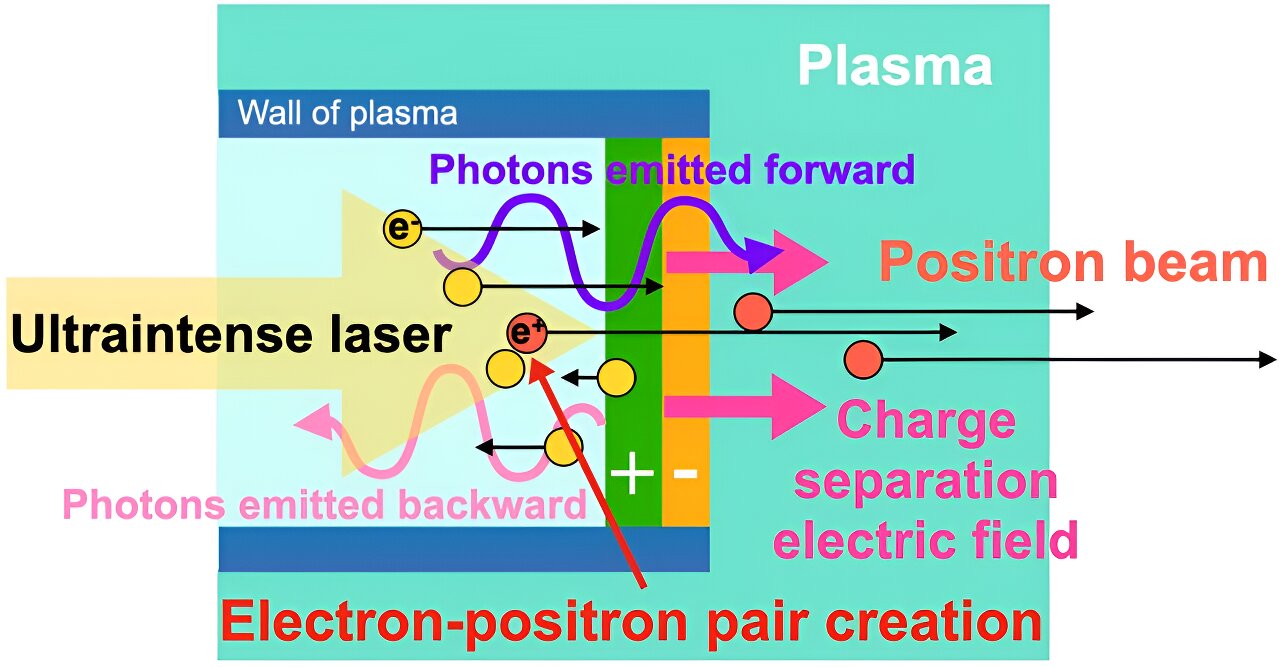A groundbreaking team of researchers from Osaka University and the University of California, San Diego has made an astonishing discovery. Through simulations, they have found a way to create matter solely from collisions of light particles. This revolutionary method overcomes the limitations of modern lasers and can be easily implemented using existing technology. Not only could this work help test long-standing theories like the Standard Model of particle physics, but it may also lead to the need for revisions.
One of the most fascinating predictions of quantum physics is that matter can be generated solely from light, as pulsars in space demonstrate. While this phenomenon has not been replicated in a laboratory, achieving it would allow for further testing of quantum physics theories and our understanding of the universe’s fundamental composition.
In a recent study published in Physical Review Letters, the team at Osaka University simulated conditions that enable photon-photon collisions using lasers. The simplicity of the setup and its compatibility with current laser intensities make it a promising candidate for future experimental implementation.
Photon-photon collision is believed to be a fundamental process for matter generation in the universe, stemming from Einstein’s famous equation E=mc². Researchers have indirectly produced matter from light by accelerating metal ions into each other at high speeds. However, reproducing this feat solely with laser light in modern laboratories is challenging due to the need for extremely high-power lasers. By simulating this process, the researchers aim to achieve an experimental breakthrough.
“Our simulations demonstrate that, when interacting with the intense electromagnetic fields of the laser, dense plasma can self-organize to form a photon-photon collider,” explains Dr. Sugimoto, the lead author of the study. “This collider contains a dense population of gamma rays, ten times denser than the density of electrons in the plasma, and its energy is a million times greater than the energy of the photons in the laser.”
In the collider, photon-photon collisions generate electron-positron pairs, and the positrons are accelerated by a plasma electric field created by the laser, resulting in a positron beam. “This is the first simulation of accelerating positrons from the linear Breit-Wheeler process under relativistic conditions,” says Prof Arefiev, a co-author from UCSD. “We believe that our proposal is experimentally feasible, and we eagerly anticipate its real-world implementation.”
Dr. Vyacheslav Lukin, a program director at the US National Science Foundation, which supported this research, says, “This study presents a potential way to explore the mysteries of the universe in a laboratory setting. The possibilities at today’s and tomorrow’s high-power laser facilities have become even more intriguing.”
While this work may not lead to the matter-energy conversion technology seen in Star Trek, it has the potential to experimentally confirm theories about the universe’s composition and perhaps even uncover previously unknown physics.
,,,








